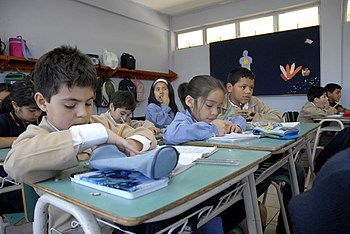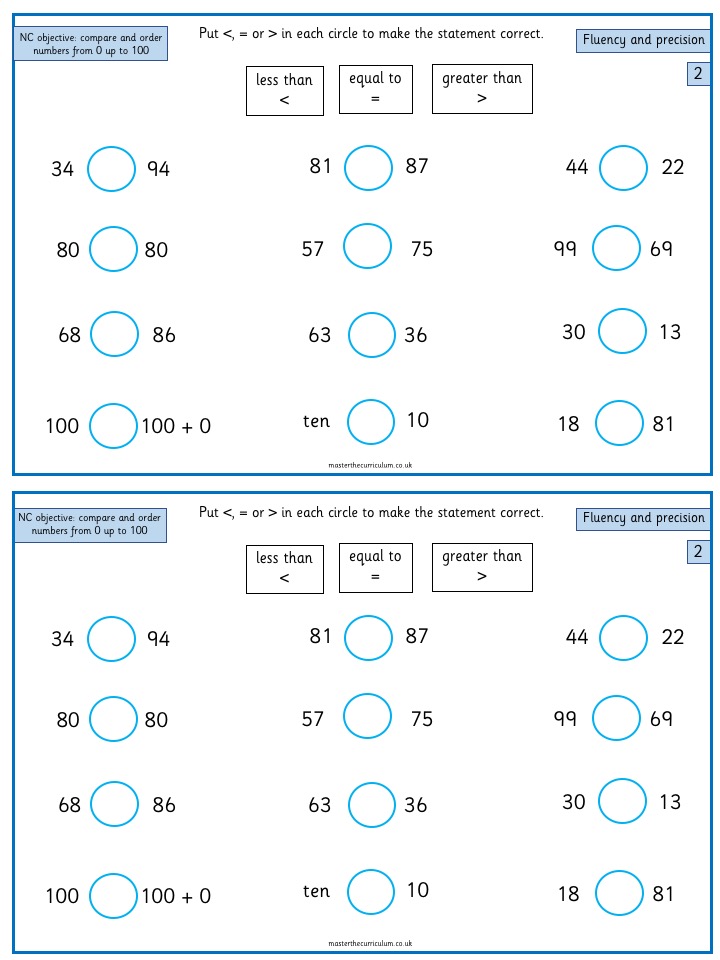
There are many ways teachers can influence student learning. These strategies are described as motivational methods, perceptions, effects, and motivational. This article will discuss the differences between these strategies. While some strategies might seem counterintuitive to some teachers, they could be beneficial for others. Let's discuss the differences between controlling and autonomy supporting teaching strategies. What impact do these strategies have on student learning? How can you influence student learning the most effectively?
Motivational strategies
Students' motivation and learning outcomes can be affected by the strategies used by teachers to motivate them. Recent research examined whether teachers employ autonomy-supportive or controlling motivational strategies. These findings support autonomy as a motivator for students but also highlight the importance of contextual factors. Let's look at some of the most popular motivational teaching strategies. A list of examples will be provided. We'll also talk about the differences between these strategies.

Methods
There are many ways to help your students learn. Teachers can give tasks that are based on the learning style of their students. This will help students better understand their learning needs. It is important to give students tasks that encourage them to learn. Once students have read the material, they should be able to review it. Teachers need to assign tasks that meet their students' needs. Peer teaching can be used in some cases by teachers, but it has its downsides.
Perceptions
Teacher perceptions are shaped by their background knowledge, education, work, culture, and community. These influences influence the way teachers approach students. Teachers might also be affected by their own personal views. These factors can have an impact on how they perceive teachers. The study investigated students' perceptions regarding teacher strategies in order to find out if they would be more motivated to learn from teachers who used certain strategies.
Effects
Studies have extensively examined the effects that teacher strategies have on student motivation. There are many studies that focus on different aspects. There are four main categories of strategies that teachers use to motivate students. Some strategies are about engaging learners' imaginations and giving them opportunities to use them. Others provide explanations for activities or give feedback during oral performances. Teachers have been known for their empathy and ability to ignite students' imaginations. These teachers can also identify achievement gaps and implement strategies to close these gaps.

Relationships between students
Studies have shown that positive relationships between teacher and student can improve student learning and achievement. Positive relationships can improve teacher retention and job satisfaction. Pianta, along with colleagues, discuss recent research on teacher/student relationships. They also identify qualitative parameters which affect relationship processes. Building positive relationships early with students will improve learning outcomes and foster resilience. This chapter examines some of the most effective ways to establish positive relationships with students.
FAQ
What is the difference between college or school?
Schools are often divided into classes or grades, with one teacher teaching a class of students. Colleges are bigger organizations that offer more specialized courses and may include university-level courses. Schools usually focus on basic subjects while colleges may offer a variety of subjects including arts, science, languages, business, etc. Both levels offer a variety of subjects to help students prepare for higher level study.
What are the alternatives to school?
Alternative schools are designed to provide students with learning disabilities with access to education through the support of qualified teachers who can understand their needs.
An alternative school provides children with special educational needs the opportunity to learn in a regular classroom setting.
Additionally, they receive extra support when necessary.
An alternative school is not just for those who have been excluded from mainstream schools.
They are available to all children, regardless of their ability or disability.
How much money does a teacher make in early childhood education? (earning potential)
A teacher in early childhood earns an average salary of $45,000 per annum.
However, there is an exception to the rule: salaries in some areas tend to be more than average. For example, teachers who work in large urban districts often earn more than those working in rural schools.
Salaries also depend upon factors such as how big the district is and whether or no teacher holds a master's/doctoral degree.
Teachers start off making less money than other college graduates simply because they don’t have much experience. Over time, however, their wages can increase dramatically.
What is the difference in a university and college?
A university is an academic institution providing higher education. It offers courses in various areas, both undergraduate and postgraduate.
A college is usually smaller than a university and has a lower reputation. Although it may offer fewer courses, colleges often have their own specialist departments.
What factors should you consider when choosing your major?
It is important to first decide if you would prefer to go straight into a job or go to college. Next, you need to make a list listing your talents and interests. Your interests can come from reading, listening to music, watching movies, talking to people, playing sports, working around the house, etc. You can be a singer, dancer, painter, writer, sewer, cook, woodwork, garden, photography, carpentry or auto mechanics. You can use your interests and talents to help you select a major.
If you are interested to be an artist, art history or fine arts might be a good choice. Biology may appeal to those who love animals. If you'd like to become a doctor, you might look at pre-medicine or medical technology. Computer science, computer networking, or computer engineering might interest you if you want a career that involves computers. There are many options. Be clear about your goals.
How do I select my major?
Students choose their majors based on their interests. Some students will choose to major or minor in a subject that interests them because they'll find it more enjoyable than learning about something else. Others wish to pursue a career that is not available. Others decide to major because they want to earn money while studying. No matter your reasons for choosing a major, you should consider the type of job that you might be interested in after you graduate.
There are many ways you can find out more about different areas of study. Talk to friends or family members about their experiences. Check out newspapers and magazines for possible careers. Talk to a guidance counselor at high school about possible career paths. Visit your community center or library to find out more about Career Services. Check out books on various topics from your public library. Use the Internet to search for websites related to specific careers.
What is a vocational high school?
Vocational schools are institutions offering programs designed for people who want to enter a specific occupation. They can also offer training in specific skills and general education.
Vocational education has a significant role to play in society. It helps young people gain the skills they need to succeed. It ensures that all students have access to high-quality learning opportunities.
A vocational school provides a variety options for its students. They can choose from certificates, diplomas or degrees as well as apprenticeships, certificates, diplomas or degrees. Vocational school students learn both academic subjects and more practical subjects like math, science, English or social studies.
Statistics
- “Children of homeowners are 116% more likely to graduate from college than children of renters of the same age, race, and income. (habitatbroward.org)
- Globally, in 2008, around 89% of children aged six to twelve were enrolled in primary education, and this proportion was rising. (en.wikipedia.org)
- In most developed countries, a high proportion of the population (up to 50%) now enters higher education at some time in their lives. (en.wikipedia.org)
- Among STEM majors, that number is 83.5 percent. (bostonreview.net)
- Data from the Department of Education reveal that, among 2008 college graduates, 92.8 percent of humanities majors have voted at least once since finishing school. (bostonreview.net)
External Links
How To
Where can I learn to become a teacher
Teaching jobs are available in public elementary schools, private elementary schools, public middle schools, private middle schools, public secondary schools, private secondary schools, charter schools, private and parochial (Catholic) schools, public and private (non-religious) daycare centers, and other settings.
To become a teacher, you must first complete a bachelor's degree program at one of the following:
-
A four-year university or college
-
An associate's degree program
-
Two-year community college programs
-
A combination of these three types of programs
To qualify for certification for teaching positions, applicants must meet state requirements. These include passing standardized test and having a probationary period.
Most states require candidates to pass a test called the Praxis II. This test measures the candidate’s knowledge in reading, writing mathematics, and language arts.
Many states also require that applicants obtain a specialized licensure before being certified as teachers.
These licenses can be issued by the state's boards of education.
Some states grant licenses without the need for additional testing. In such cases, applicants should contact their state's board for education to find out if it is possible.
Some states don’t issue licenses until the applicant has completed a master’s degree program.
Other states allow individuals to apply directly to the state board of education for licensure.
There are many licenses available. They vary in cost, length, and requirements.
One example is that some states only require high school diplomas, while others require bachelor's degrees.
Some states require training on specific topics, such literacy or child development.
Some states require candidates have a master's before they can become licensed.
When applying for certification, many states ask prospective teachers about previous employment.
It is possible to mention other professions in your application.
However, most states will accept your prior work experience no matter what type of job you held.
It is possible to list your prior job title, position, as well as years of service.
This information is often helpful to potential employers.
It shows that they have relevant skills.
You may have gained valuable work experience and new skills while working.
This can be displayed on your resume to future employers.